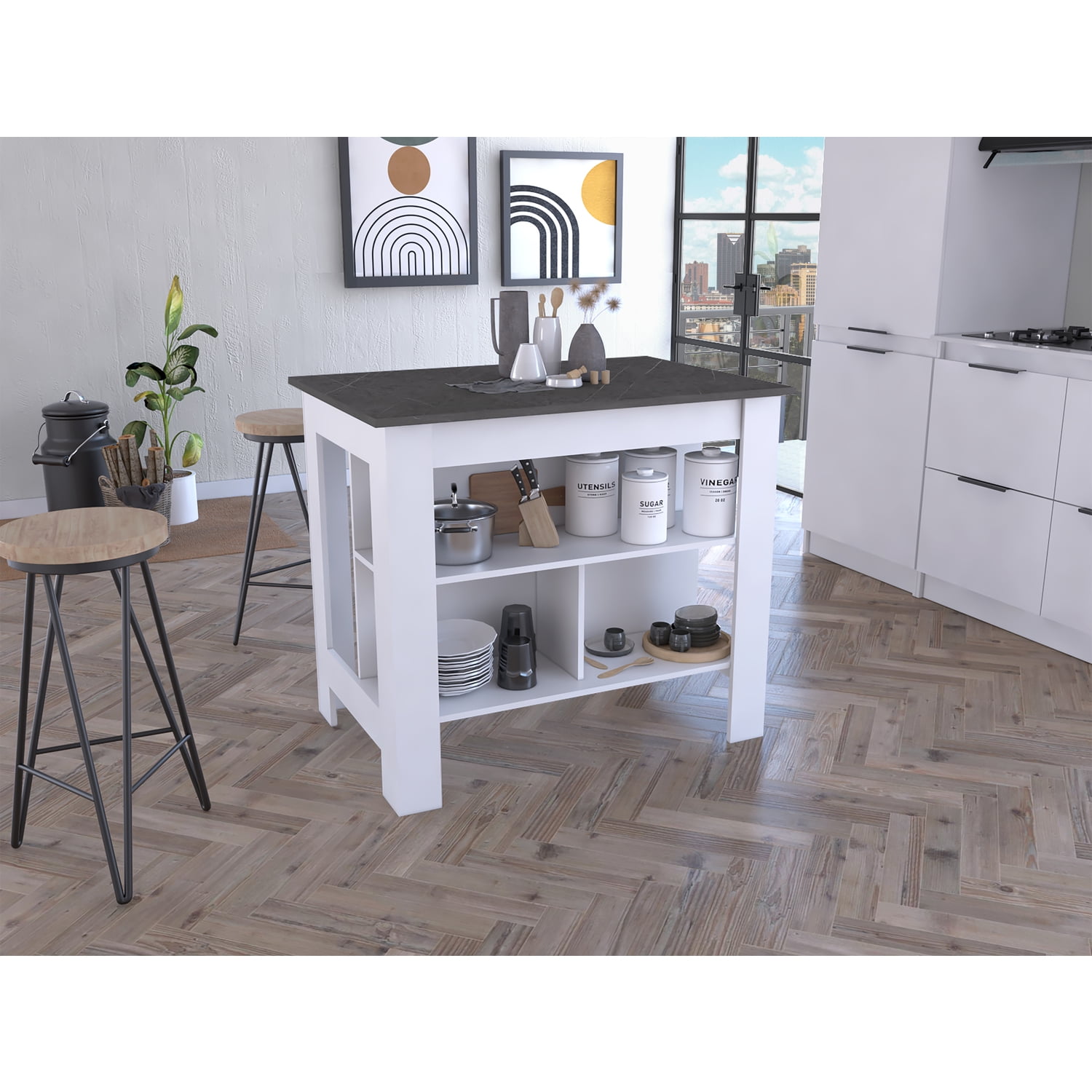Discover Resilient and Decorative Legs For Kitchen Island Changes
Discover Resilient and Decorative Legs For Kitchen Island Changes
Blog Article
Essential Factors to Consider When Selecting Legs For Cooking Area Island
Picking the ideal legs for a kitchen island entails a mindful evaluation of several elements that can considerably influence both functionality and visual allure. Among these, the choice of material plays a crucial function in making sure longevity, while the layout needs to match the existing design. Furthermore, factors to consider such as elevation and weight support are essential for security and comfort. As we explore these elements, it comes to be clear that each decision can have far-reaching effects for the general kitchen experience. What subtleties should be considered in each of these groups to accomplish the perfect equilibrium?
Material Options
When picking legs for a kitchen island, comprehending the various product choices is crucial for accomplishing both aesthetic charm and architectural integrity (Legs For Kitchen Island). The option of product considerably affects not only the toughness of the island but also its general layout and functionality
Steel legs, frequently made from stainless steel or wrought iron, contribute a contemporary and commercial feeling while making sure longevity and stability. These products are immune to wear and can support substantial weight, making them perfect for larger islands.
One more option is engineered materials, like MDF or plywood, which can be more cost-effective while still offering a series of finishes. They may not provide the same degree of security as solid wood or steel. Legs For Kitchen Island. Products such as acrylic or glass can develop a contemporary look, though they may require added assistance to make sure stability.
Ultimately, the option of product for kitchen area island legs ought to line up with the desired functionality and the overall motif of the cooking area.
Style and Layout

When considering style, the shape and surface of the legs are essential. Conical legs can provide a sense of lightness and elegance, while thicker, much more robust legs can communicate stamina and stability. Furthermore, the surface-- be it painted, discolored, or all-natural-- must match the cabinets and kitchen counter products to produce a unified appearance.
Additionally, the style of the legs can likewise show personal taste. Customized or decorative legs, such as those featuring intricate carvings or unique geometric shapes, can offer as centerpieces, including personality and character to the kitchen area. Eventually, the best choice will certainly not just boost performance however also elevate the visual charm, making the kitchen island a standout attribute of the home.
Elevation Considerations
Choosing the ideal height for cooking area island legs is important, as it straight affects both capability and comfort. The typical height for a cooking area island usually varies from 36 to 42 inches, lining up with usual countertop elevations.

It is likewise necessary to represent users' elevations and choices. Personalizing the height can make certain a comfy experience for all relative, making the kitchen area island a more delightful and practical space.
Weight Assistance
Making sure sufficient weight assistance for kitchen island legs is essential for both security and capability. The kitchen area island often offers multiple objectives, including food prep work, eating, and extra storage space, necessitating a durable assistance structure. When picking legs, it is essential to take into consideration the overall weight capability called for based on the island's meant usage and the materials that will certainly be put on it.
The choice of product for the legs plays a substantial role in their weight-bearing capacities. Solid wood, steel, and sturdy composites typically give exceptional stamina contrasted to lighter materials. Additionally, the layout of the legs-- whether they are right, tapered, or have a pedestal form-- can influence their capability to disperse weight effectively across the structure.
Always seek advice from the supplier's specs relating to tons limits to ensure that the legs can maintain the desired weight without jeopardizing security. In summary, picking kitchen area island legs with sufficient weight support is essential for developing a functional and secure culinary space.
Installment and Maintenance
Proper installment and upkeep of cooking area island legs are vital for guaranteeing longevity and security. To begin, it is important to adhere to the producer's standards during installment. This commonly involves safeguarding the legs to the island base making use of suitable bolts, guaranteeing that the legs are degree and lined up. Making use of a level device can help protect against wobbling and improve the overall aesthetic allure of the kitchen island.
As soon as installed, routine upkeep is necessary to preserve the stability and look of the legs - Legs For Kitchen Island. For wood legs, periodic cleaning with a moist fabric and application of ideal timber polish can avoid wetness damages and keep their coating. Steel legs may require a gentle cleaning option to get rid of oil and crud, adhered to by a dry cloth to avoid rust formation
Additionally, inspect the legs regularly for indicators of wear or damages, such as fractures or loosened joints. Tightening up screws or bolts as required can likewise prolong the life-span of the legs. By adhering to these installation and upkeep practices, homeowners can make certain that their kitchen area island remains strong and visually appealing for several years to find.
Conclusion

Visual coherence is vital in selecting the design and design of legs for a kitchen area island, as these components significantly affect the total ambiance of the area. Conical legs can provide a Our site sense of agility and style, while thicker, much more robust legs can share toughness and stability.Choosing the proper useful site elevation for cooking area island legs is essential, as it straight influences both capability and comfort. In summary, selecting kitchen area island legs with appropriate weight assistance is essential for creating a practical and secure cooking room.
In verdict, picking legs for a kitchen island necessitates careful consideration of various factors, including material options, design, elevation, weight assistance, and installment.
Report this page